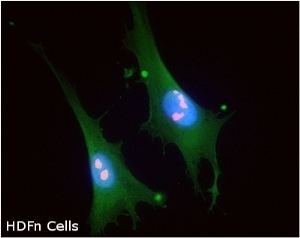Aliases NCL, C23, nucleolin Ensembl ENSG00000115053 | Entrez 4691 | |
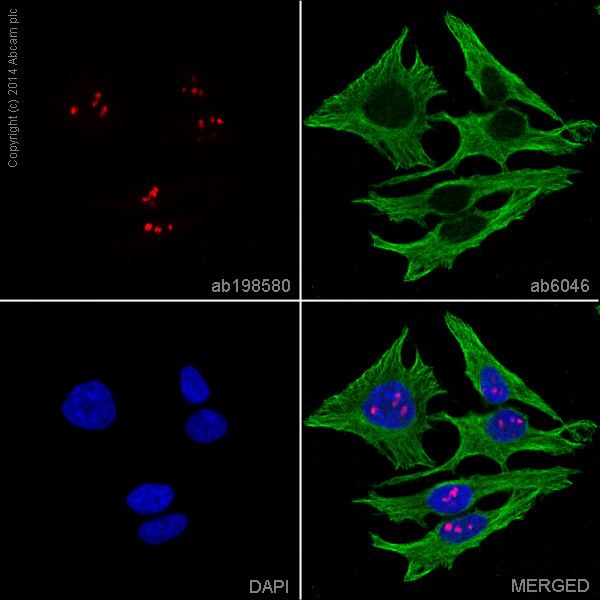 | ||
External IDs MGI: 97286 HomoloGene: 136488 GeneCards: NCL | ||
What is nucleolin and how can we use knowledge about it in cancer therapy bradford goodwin
Nucleolin is a protein that in humans is encoded by the NCL gene.
Contents
- What is nucleolin and how can we use knowledge about it in cancer therapy bradford goodwin
- A smart anti tumor drug nucleolin aptamer paclitaxel conjugate
- Gene
- Function
- Clinical significance
- Interactions
- References
A smart anti tumor drug nucleolin aptamer paclitaxel conjugate
Gene
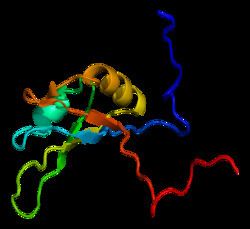
The human NCL gene is located on chromosome 2 and consists of 14 exons with 13 introns and spans approximately 11kb. The intron 11 of the NCL gene encodes a small nucleolar RNA, termed U20.
Function
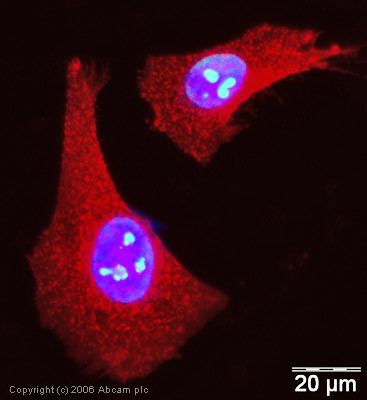
Nucleolin (NCL), a eukaryotic nucleolar phosphoprotein, is involved in the synthesis and maturation of ribosomes. The protein is located mainly in dense fibrillar regions of the nucleolus.
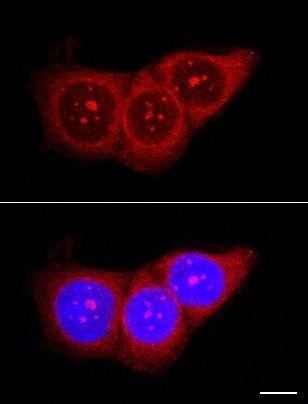
Nucleolin is also able to act as a transcriptional coactivator with Chicken Ovalbumin Upstream Promoter Transcription Factor II (COUP-TFII).
Clinical significance
Midkine and pleiotrophin bind to cell-surface nucleolin as a low affinity receptor. This binding can inhibit HIV infection.
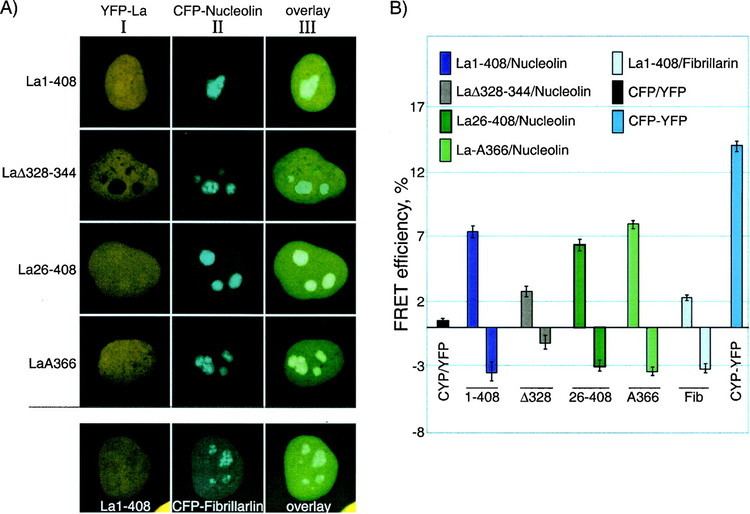
Nucleolin at the cell surface is the receptor for the Respiratory Syncytial Virus (RSV) fusion protein. Interference with the nucleolin - RSV fusion protein interaction has been shown to be therapeutic against RSV infection in cell cultures and animal models.
Interactions
Nucleolin has been shown to interact with:
